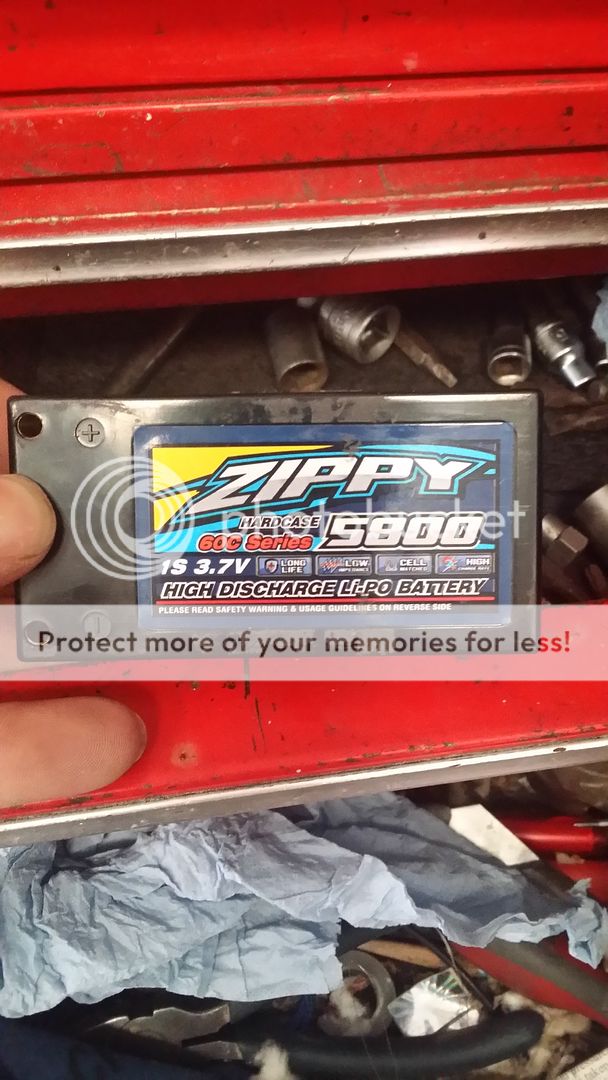Here is the revised circuit- see if you can find the errors.

The schematic looks weird because it indicates the physical implementation, including star points and thick wires.
spec
ERRATA
(1) Change PMOSFET to part number, IPP80P03P4L (TO220 case version for availability, ease of connection, ease of mounting, better heat dissipation).
(2) C16 should read C1
DATA SHEETS
Issue 4 of 2016_06_25
(1) PMOSFET
https://www.mouser.com/ds/2/196/Infineon-I80P03P4L_04-DS-v01_01-en-785584.pdf
(2) Capacitor
https://product.tdk.com/info/en/documents/catalog/leadmlcc_conventional_fk_en.pdf
(3) Resistor
https://www.seielect.com/Catalog/SEI-RNF_RNMF.pdf
(4) Case
https://cpc.farnell.com/takachi/cdm8524bk/alu-enclosure-black-112x70x35mm/dp/EN83763
NOTES
Issue 15 of 2016_06_25
(1) Four parallel PMOSFETs are used to share the current and hence power. This also has the benefit of reducing the effective resistance of the circuit.
(2) SW1 turns the current on
(3) R3 is your Kanthal thermal resistor load
(4) The circle with the V in it is your voltmeter
(5) The circle with the A in it is your ammeter. You can can connect the ammeter below R3 if required.
(7) It is essential with this type of high current circuit to use heavy conductors and substantial terminals to minimize the voltage drops. All wires should be kept as short as possible.
(7) It is essential that the wires connecting from the top star point to the PMOSFET sources are the same wire and the same length.
(8) It is important that the wires connecting the drains of the PMOSFETs to the mid star point are the same wire type and the same length.
(9) The 22R resistors connected to the gates of the PMOSFETs are gate stoppers to prevent the PMOSFETs from oscillating at between 2MHz and 10MHz (MOSFETs have a high frequency response, high parasitic capacitance, and large power gain). The 22 Ohm resistors should be connected directly to the gate terminal of the PMOSFETs.
(10) The capacitor is just to decouple the supply line and reduce the chance of the MOSFETs oscillating.
(10) Initial calculations indicate that the PMOSFETs will not require a heat sink provided that the PMOSFETs are mounted in freely circulating air. But as you have an aluminum box it would be wise to mount the PMOSFETs in thermal contact with the box, but electrically insulated.
(11) Heavy traces on the schematic indicate correspondingly heavy wire- the heavier the better within reason.
(12) Three star points are shown on the schematic, upper, mid, and lower. Star points are a physical low resistance point to ensure that the voltage drops resulting from conductor (wire) resistance and the current flowing do not adversely affect the functioning of the circuit. In the case of this circuit the conductor voltage drops can be an advantage by improving current sharing between the four PMOSFETs. This is also aided because copper wire has a positive temperature/resistance coefficient (resistance increases with temperature) as does the PMOSFET RDss (resistance between drain and source when the PMOSFET is turned on).
(13) When you build a circuit it is best to provide maximum accessibility. For this reason it is an advantage to build the circuit on the underside of the case lid with all external wires entering the lid through holes in the lid. This may seem odd to you, but it is the best way. As I have said many times before, there is a saying in engineering that any component, never mind how simple, will fail if it is inaccessible.

(14) The star after each component name have no significance.
(15) R after a resistor value indicates Ohms ie 470R = 470 Ohms. 4R7 would indicate 4.7 Ohms. 4K7 would indicate 4.7K Ohms = 47000 Ohms. Similarly 4M7= 4.7 Megga Ohms = 4700000 Ohms. Finally 0R22 would indicate 0.22 Ohms or 220 mili Ohms.
PARTS LIST AND SOURCES
Issue 8 of 2016_06_25
(1) 4 off: PMOSFET, Infinion, IPP80P03P4L (TO220 case version recommended)
**broken link removed**
(2) 1 off: Capacitor, TDK, 22uF ceramic, X7R dielectric, 25V, 10%
**broken link removed**
(3) 1 off: Resistor, Stackpole, 470R, metal film, 250mW, 1% , axial, through hole
**broken link removed**
(4) 4 off: Resistor Stackpole, 22R metal film, 250mW, 1%, axial, through hole
**broken link removed**
(5) 4 off, Avid, Mica Pad thermal electrical insulating
https://www.digikey.co.uk/product-detail/en/aavid-thermalloy/56-77-11G/56-77-11G-ND/1625385 . Good job Ron is around.
. Good job Ron is around.

 Thanks
Thanks
